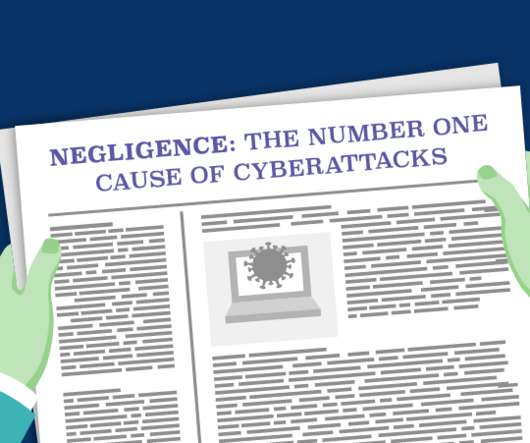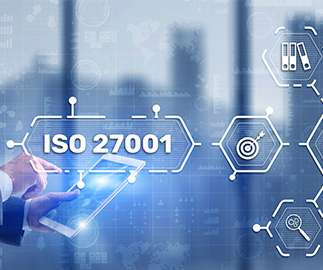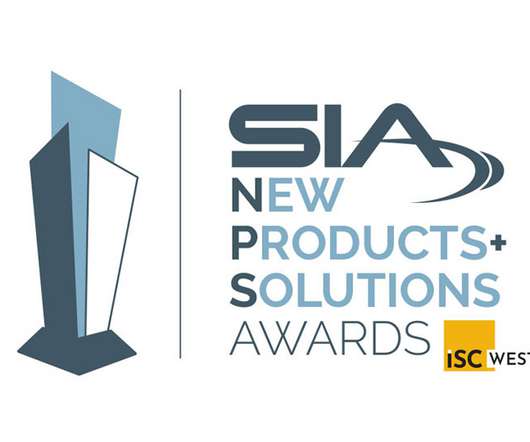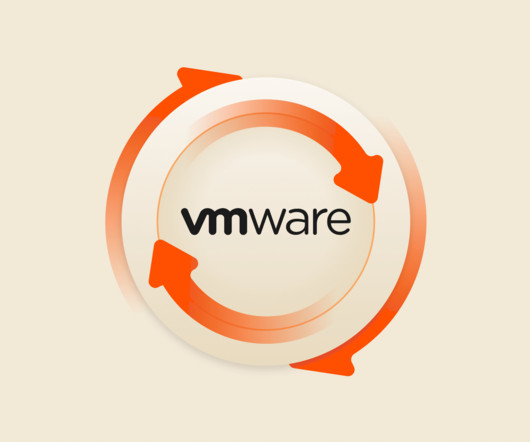Adversarial Risk Management
FS-ISAC
NOVEMBER 8, 2021
We chase concepts that seem simple, such as "basic" network hygiene, asset management, and patching. But these approaches rely on tenets based on traditional operational and financial risk management. While “close enough” works in asset management for financial inventory, it can quickly prove useless in cybersecurity.





















Let's personalize your content